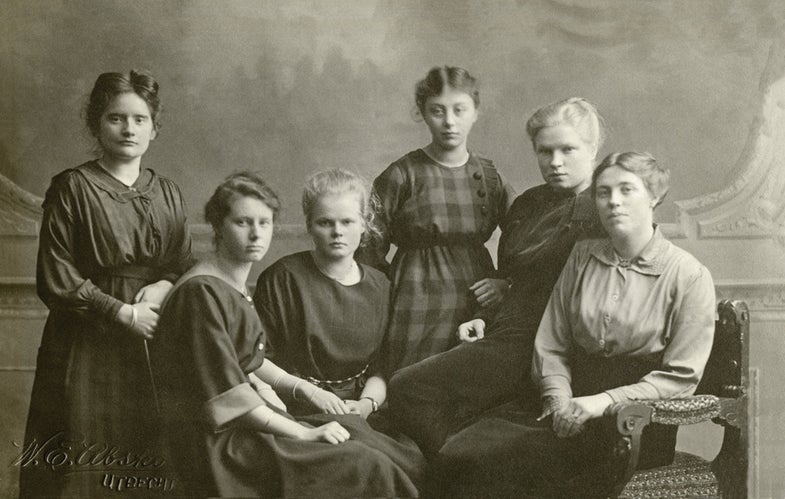How To: Use Content-Aware Fill to Restore an Old Photograph
Repairing an old torn photo is easier than ever thanks to this nifty Photoshop tool


Repairing and restoring old or historic photos is often a labor of love, requiring time and patience to bring faded, cracked, and damaged images back to life. Adobe Photoshop’s classic restoration tools have been the Clone Stamp and the Healing Brush, but now, with the introduction of Content Aware Fill and Content Aware Spot Healing in CS5, Adobe has added more to its powerful arsenal to rid your images of dust, mold, cracks, and rips. These fabulous tools can help rebuild and repair even the most challenging images. Found in the Edit > Fill dialogue and in the Spot Healing tool, Content Aware technology is an advanced replacing feature that analyzes the image and seamlessly substitutes new texture and tone for unwanted image information. Of course, no software package alone has the essential features that the most challenging image restoration requires: patience, dedication, time, and the careful eye to rebuild and repair damage caused by careless handling, poor storage, or unforeseen natural disasters.
Step 1: Do No Harm

Before scanning or photographing your original, gently blow or brush off loose dirt or dust. If it is in a frame, remove it only if it comes out easily. If the photo has been taped together, don’t peel the tape—this could further damage the image. After scanning the sections of a torn original into a single file, place each piece onto a separate layer:** Type W to get the Quick Selection tool, then select one part of the image.** Go to Layer > New > Layer via Copy (or type Cmd/Ctrl + J) to jump the selected part to a new layer. Do the same to the other segments, naming each layer to identify it.
Step 2: Piece It Together

As if assembling a puzzle, nudge and rotate the pieces into place. Select a segment’s layer, then tap the V key to activate the Move Tool. Tap the arrow keys to move segments into position. To rotate the parts more accurately, choose Edit > Free Transform and move the pivot point (centered by default) to the corner to act as a fulcrum. Then grab the opposite corner’s Transform handle and rotate the piece into place.
Step 3: Repair the Damage

This is best done on a dedicated layer. Click on the top layer, hold down the Alt key (Option on a Mac) and choose Layer > Merge Visible. Select the Spot Healing Brush; Content-Aware should be checked. Make the brush slightly larger than the crack to repair.** Then, starting at the outside edge, paint over the thinnest cracks first.** To repair straight lines, click once at the start of a crack, then release the mouse, hold down Shift, and click at the end. To repair larger rips where paper white shows, first use the Clone Stamp, then the Spot Healing Brush to refine your cloning.
Step 4: Rebuild the Corners

Use Content-Aware fill to replace missing bits. First make your top layer into a new file by going to Layer > Duplicate Layer and changing the Destination to Document: New. Use the Crop tool to crop and straighten it and the Quick Selection tool to select the upper right corner. Then choose Select > Modify > Expand set for 5 to 10 pixels.** Select Edit > Fill and use Content-Aware to fill the corner.** Conceal any telltale seams with the Spot Healing brush.
Step 5: Enhance Texture and Color

To conceal the softness that cloning and healing can create, select Filter > Convert for Smart Filters, then add a hint of noise.Go to Filter > Noise > Add Noise. Select Uniform, check the box for Monochromatic, and use an amount around 4% to 6%. Finally, to neutralize the strong color cast, create a B&W Adjustment layer and lower opacity to 50%.